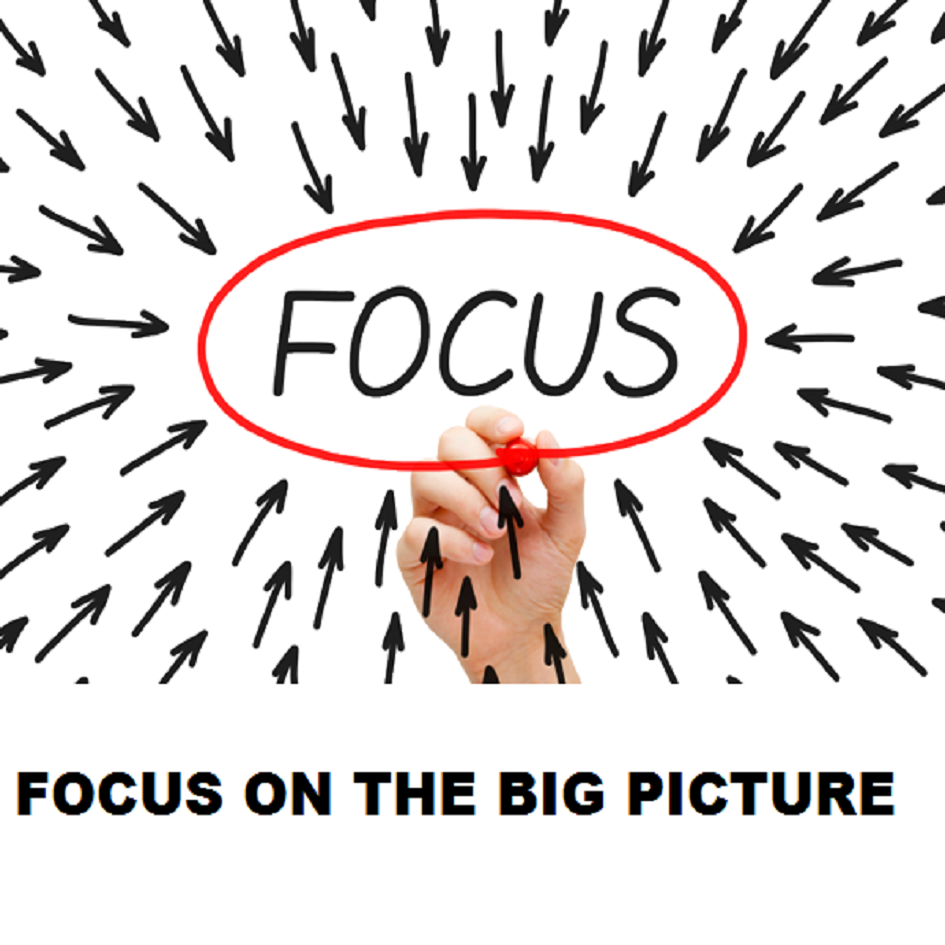


Move past the small stuff and focus on the big picture.
Micromanaging may seem like a good idea to work towards a goal in the beginning. But its cons weigh more than the pros. It often misguides us, as we often lose our focus from the bigger picture. The main upside is that leaders have more time to spend on what we call macromanagement. Although there are different definitions of this term floating around, when I talk with executives, it basically means managing the big issues rather than the small ones. Time and effort spent on macro management enables us to be as clear, decisive, and disciplined at the macro level. Thinking about the big picture too much can get in the way of our day-to-day lives – you don't want to be dreaming about your life 20 years from now every minute of the day, But don't let your day-to-day life get in the way of thinking about the big picture. When your focus is always on the next action, you can easily next action yourself into a dead-end, with no idea how you got there and no room to turn around. The goal of any productivity system, then, isn't to keep you focused on the tasks in front of you; it's to allow you to direct your focus to all the aspects of your life when they need focus. Both the actual focus of getting work done and the wide-angle focus of sorting out who you are, what you're doing, and where you want to be headed are important if you're going to make any sort of life for yourself.
David Allen uses the metaphor of a plane in flight to explain the need to shift our focus to the big picture from time to time. When the plane's on the runway, the world is a-bustle with motion: the flight crew are running all their pre-flight checklists and securing everything for take-off, the ground crew is fuelling the plane and loading the baggage, everyone's milling about just trying to meet their schedules. Once the plane takes off, though, things calm down. As you look out the window, the jumble of buildings, trees, and roads resolves itself into a grid of streets and city blocks. Individual buildings fall away as the plane climbs higher and higher, until the city itself blurs into a part of the landscape. From cruising altitude, the hubbub on the ground is invisible, and you can relax, get comfortable, and watch the world roll along under the plane. This is what Allen calls "the 50,000-feet view", where next actions and contexts drop away and instead you can think about the meaning of it all – what gives your life purpose. Where are you headed, and what will your life look like when you get there? Is it too late to change your itinerary and take a different connecting flight, to destinations unthinkable before now?
The 50,000-feet view is where you focus on, in a word, your mission. Be sure to dig deep about your big picture. Forget the little scenes.